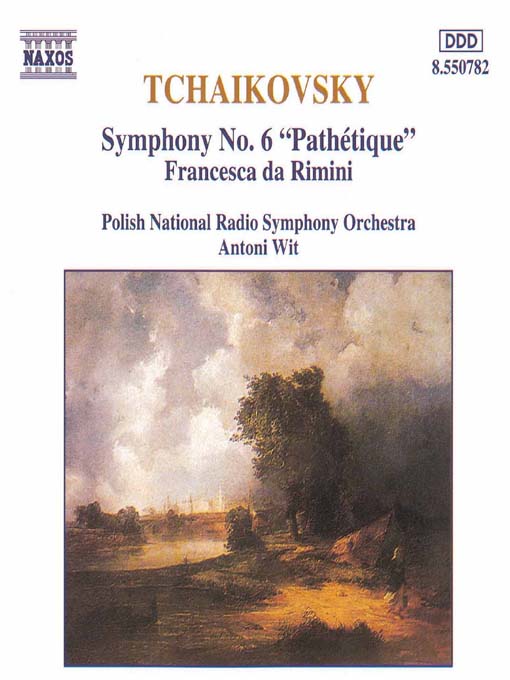 Before The Age of Adz I was always, mostly, in love with the way Sufjan Stevens’ music sounded. Someone great recently helped me in pointing out just how poetically visceral Stevens was and well deservedly, has always been. And sure, I immediately loved the way the title track sounded way before I could appreciate what he was singing about on “All for Myself,” but over the time, the words affected me and naturally, it’s been a well-publicized love that I gush over way too much.
Before The Age of Adz I was always, mostly, in love with the way Sufjan Stevens’ music sounded. Someone great recently helped me in pointing out just how poetically visceral Stevens was and well deservedly, has always been. And sure, I immediately loved the way the title track sounded way before I could appreciate what he was singing about on “All for Myself,” but over the time, the words affected me and naturally, it’s been a well-publicized love that I gush over way too much.So I was more recently listening to Illinois and it’s here that I developed my love for Sufjan’s magical compositions. “The Black Hawk War, Or, How to Demolish an Entire Civilization and ...” was simply jaw-dropping the first time I heard it and it remains, one of my all-time favorite instrumental works. It’s the kind of choice I would make if I ever got to make a video, win some kind of award, play it for someone special, etc… It’s amazing because to me, it’s a glorious fanfare that reigns in the charging piano and mallets of “Come on! Feel the Illinoise!: Pt. 1: The World's Columbian Exposition” and yet, that long-ass title is definitely meaning much much more than ‘fanfare.’
Illinois is an album devoted to the said state and it’s filled with lifting stories all over; it has continually won over more fans because of his purely impeccable songwriting. Again, it was stuff like “To the Workers of the Rock River Valley Region, I Have an Idea ...” that won my heart over, originally. The trumpet and how sad it sounds, almost yearning; the way the piano dangles over everything else, like a guiding light; the crashing percussion and how it’s calling but not reaching. I love whistling a lot and it’s got a personal bias too I’m sure, but it’s absolutely gorgeous, too. And still, these are two tiny sample of juice from an album of 22 massive pieces of life. – Bryan




